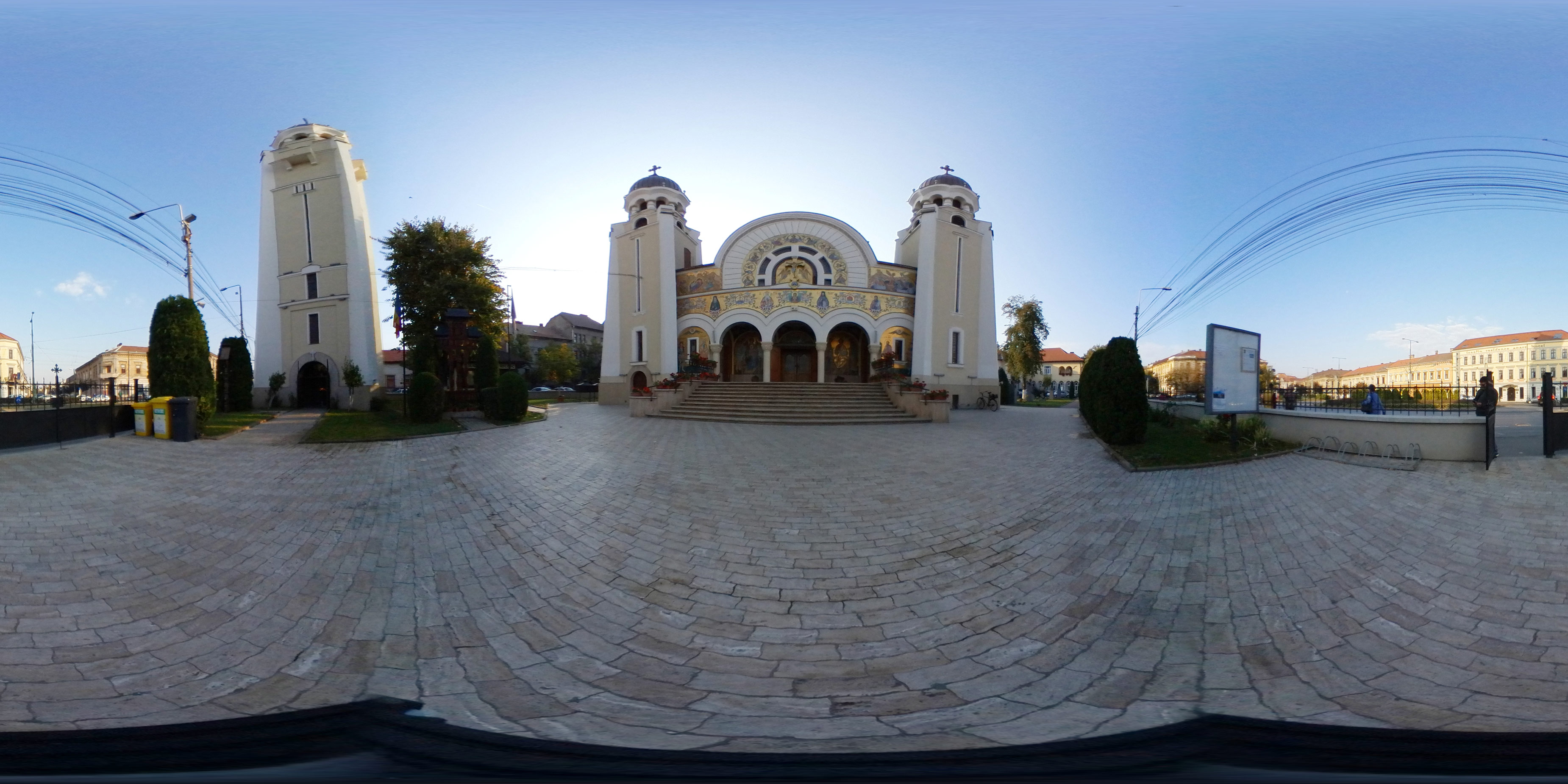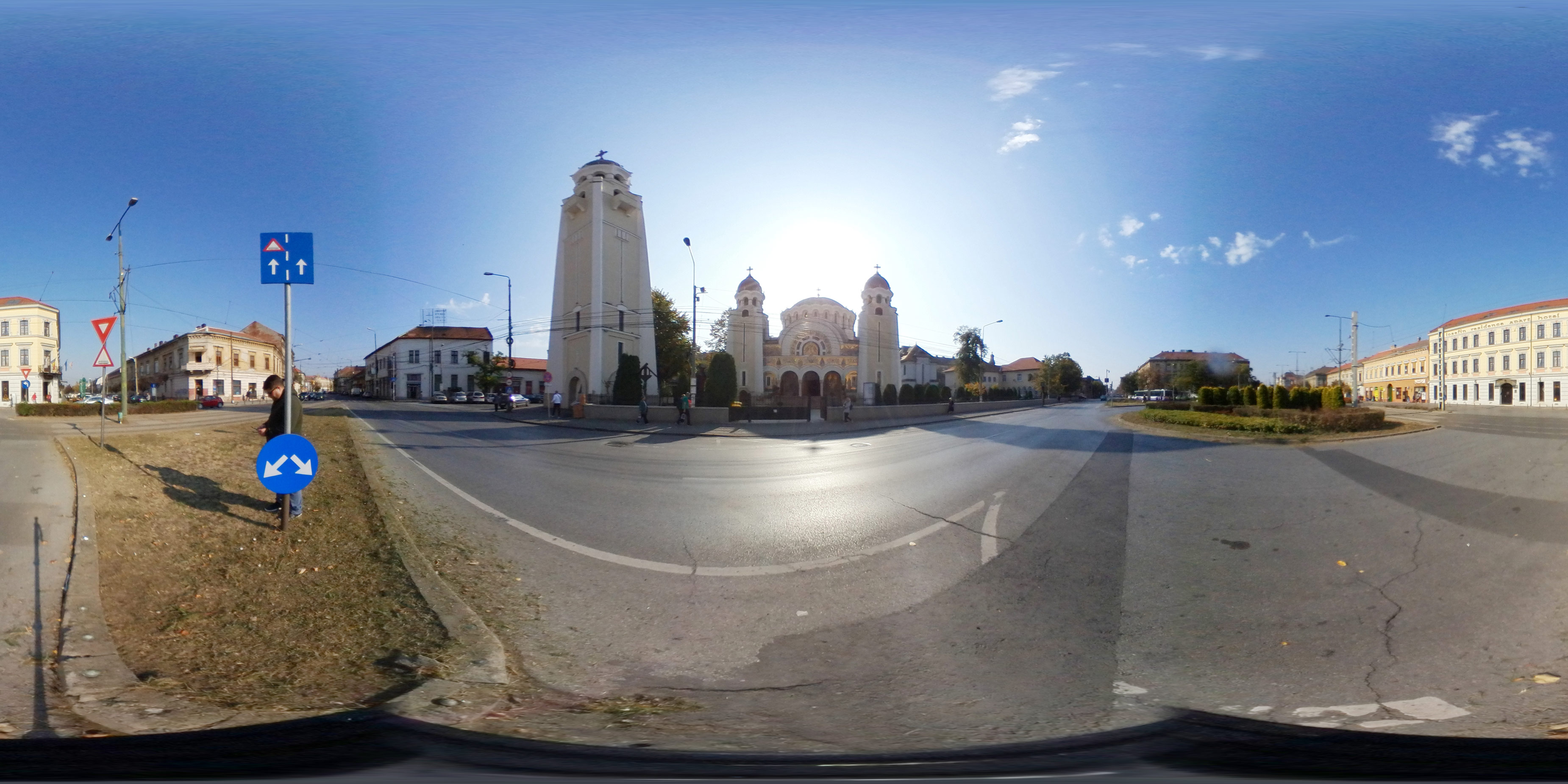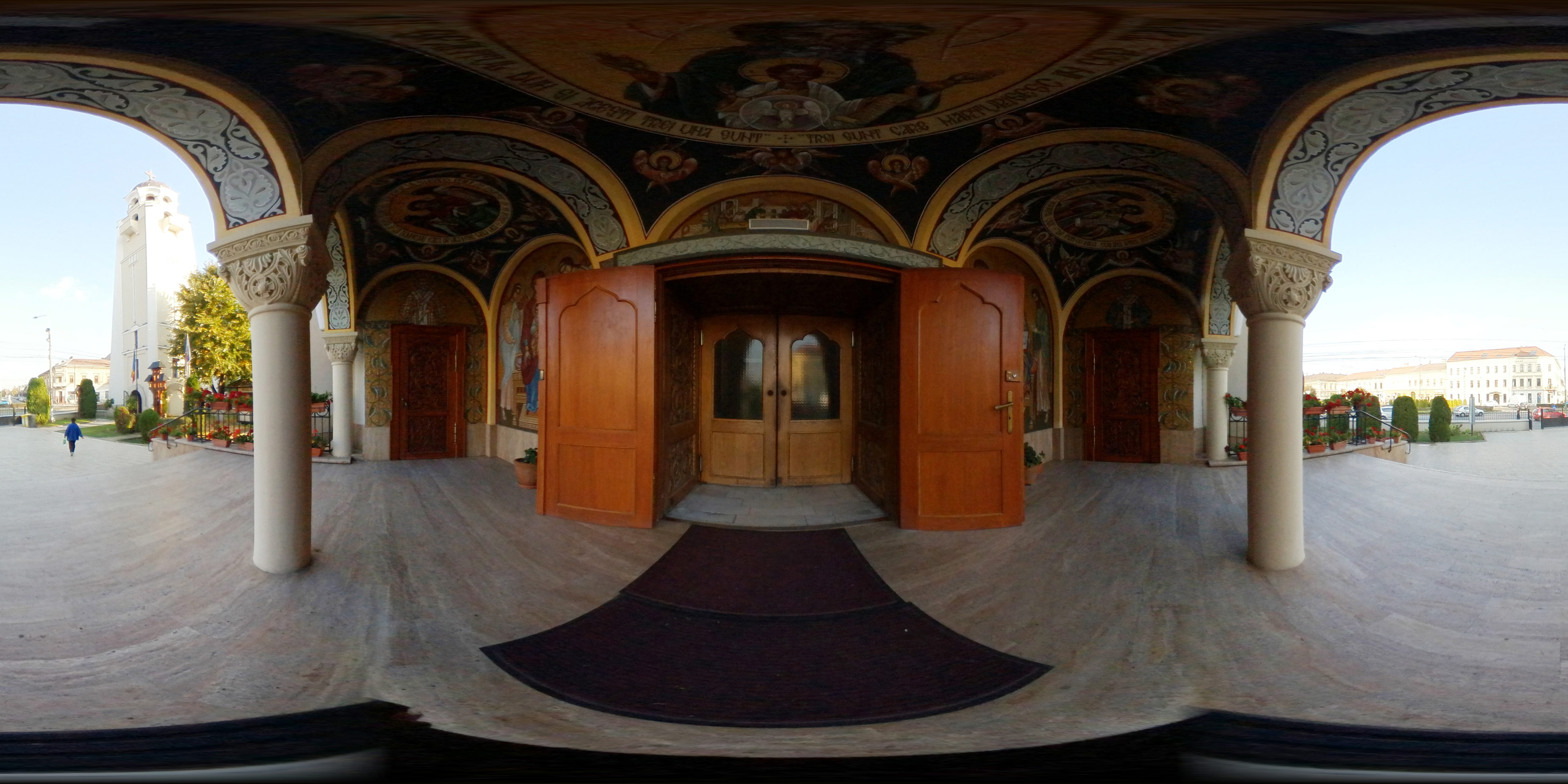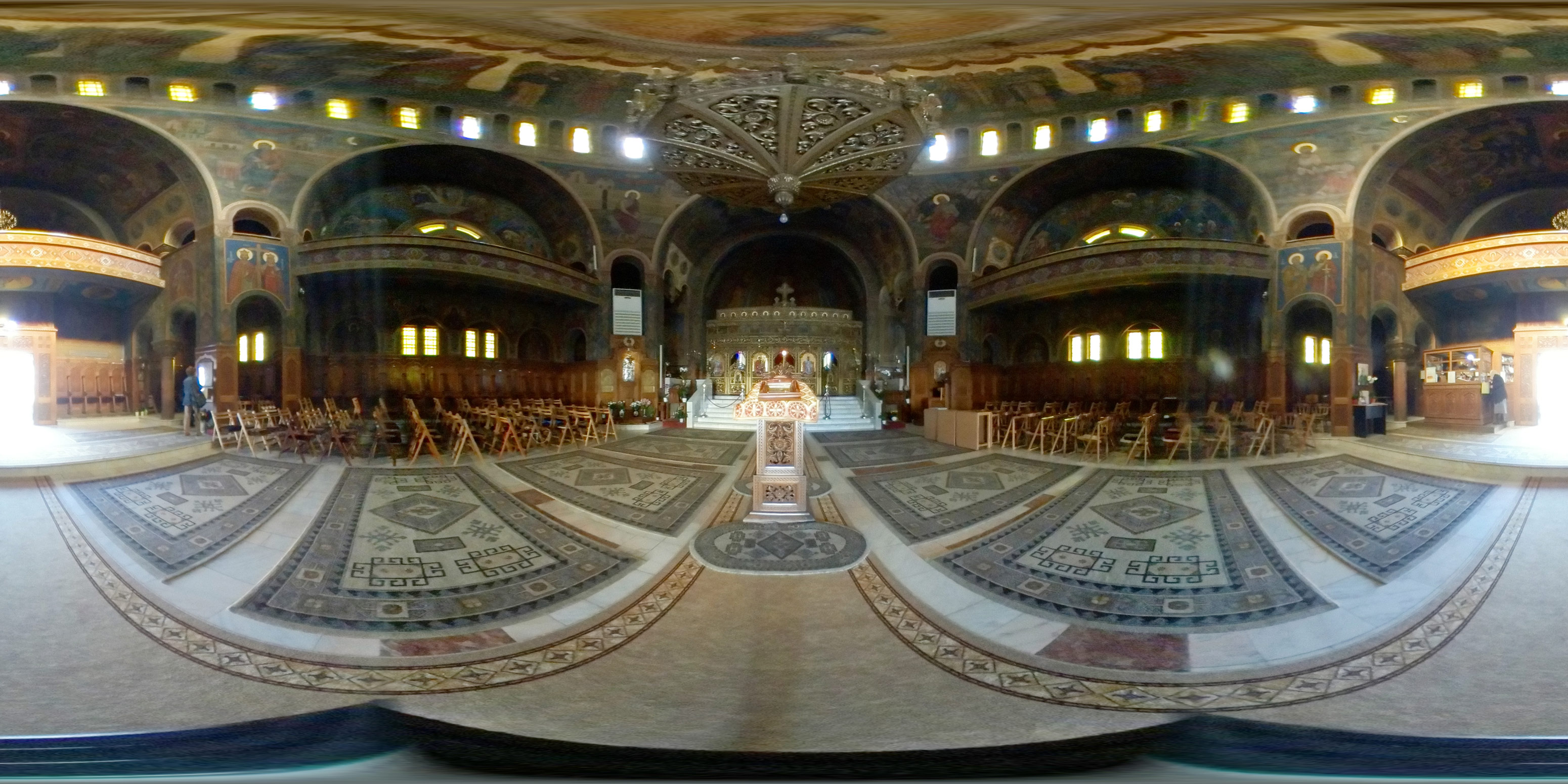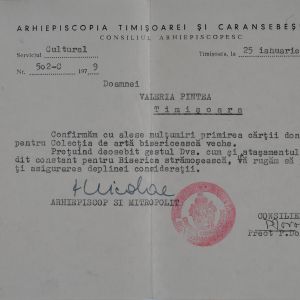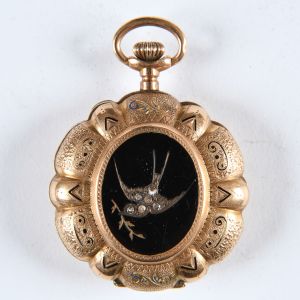Alexandru Mocioni square nr. 9
The Romanian Orthodox Church dedicated to the Birth of the Virgin Mary was built according to the plans of the architect prof. Victor Vlad by the entrepreneur architect Constantin Purcariu in a non-Byzantine style with some elements of the interwar modern style. The building permit was issued in 1931.
Listen to the audio version.
he Romanian Orthodox Church of the Nativity of Virgin Mary was built according to the plans of the architect Prof. Victor Vlad by the entrepreneur architect Constantin Purcariu in a Neo-Byzantine style with some elements of the interwar modern styleThe building permit was issued in 1931 and the works were completed in 1936. Catul Bogdan and Ioachim Miloia executed the mural painting in the church. Between 1939 and 1946 the church served as the Orthodox Cathedral of the Timișoara diocese, until the construction of the current Orthodox Cathedral located in Victory Square.
from Mocioni Square
Listen to the audio version.
Liana Maria Gomboşiu, Valeria Dr. Pintea. A family novel. Marineasa Publishing House, Timişoara, 2013, p. 88-89
Valeria always prepared with real glitter and lot of enthusiasm the Christmas and Easter celebration, when many persons from the family were invited, together, of course, with Coriolan. Nothing was ever missing, the meals were rich, the smell of sweet bread filled the house. For Christmas, the fir tree was tall, reaching the ceiling, with presents for everybody beneath it. For Easter, eggs were always painted only in red and laid on a big silver plate, with “grass” made of green crepe paper, which was renewed every three years. But the great party was on New Year’s Eve, when everybody wanted to congratulate dr. Vasile Pintea.
The house was open, Valeria received everybody; she was talkative and obliging, and she rested two entire days after such an event! Mother remembered one New Year’s Day in her childhood when, tricking Mári Neni (the cook)’s vigilance, or with her complicity, a grateful patient let inside the house a piglet with a red ribbon around the neck.
A really impressing moment in Saint Basil’s day was the presence on the dining room threshold of the choir of the blind, with their heart-breaking songs. The doctor used to leave his guests in order to talk to those afflicted men, most of them his patients, to honor them and reward them with generosity.
